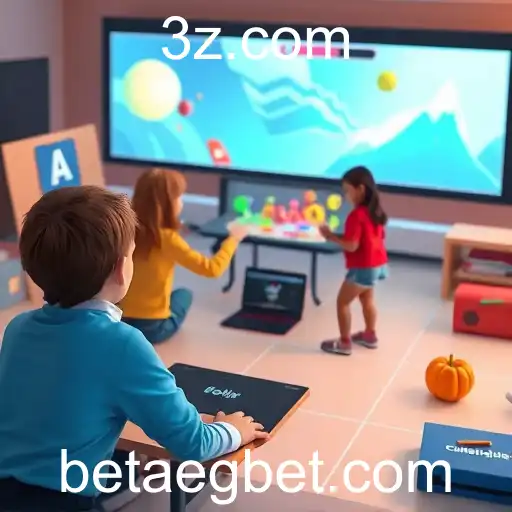In the digital age, the landscape of education is undergoing a significant transformation, with educational games marking a pivotal shift in the way students learn and engage with content. These games, often termed 'edutainment,' leverage the entertainment value of games to provide an immersive learning experience that retains educational value. The keyword 'aegbet' points to this emerging genre of games that is becoming incredibly popular across various educational platforms.
Educational games can be incredibly diverse, catering to different age groups and subjects—from language learning apps to complex simulations that teach physics. They are designed to fulfill specific learning objectives while keeping students engaged and motivated. This blend of education and entertainment not only makes learning more enjoyable but also helps in improving retention and understanding of complex topics.
The popularity of educational games is driven in part by their ability to offer personalized learning experiences. With adaptive algorithms, these games can adjust difficulty levels and content based on a student's performance, ensuring that the learning curve is tailored for optimal results. This personalization is a significant advantage over traditional methods, which often adopt a one-size-fits-all approach.
Moreover, the interactive nature of educational games encourages active participation. Unlike static textbooks, games require students to take action, make decisions, and solve problems, which can lead to a deeper comprehension of the subject matter. These games also often include instantaneous feedback, which is crucial for effective learning. Students receive immediate responses to their actions, allowing them to understand their mistakes and adjust their strategies accordingly.
Another benefit of educational games is their ability to foster collaborative learning. Many games are designed to be played in groups, promoting teamwork and communication among students. This social aspect can enhance learning, as students often learn better through discussion and cooperation.
Teachers are also finding educational games to be valuable tools in the classroom. They can aid in differentiating instruction, allowing educators to cater to the diverse needs of their students. Games can serve as supplementary tools that reinforce concepts taught in the classroom, providing additional practice in a context that’s engaging and less intimidating than traditional assessments.
As technology advances, the future of educational games looks promising. Virtual and augmented reality are opening up new possibilities for interactive and immersive learning, providing experiences that were once unimaginable. With ongoing research and development, these games will continue to evolve, making education more accessible and enjoyable for learners of all ages.
In conclusion, the integration of educational games in the learning process is helping bridge the gap between academia and play. Educational games not only make learning fun but also prepare students for a future where technology and education are closely intertwined. Their ability to engage students, provide personalized learning experiences, and promote collaboration is reshaping the face of education, proving that learning can indeed be both productive and entertaining.

Exploring how educational games are transforming traditional learning methods, engaging students, and making education more interactive.




